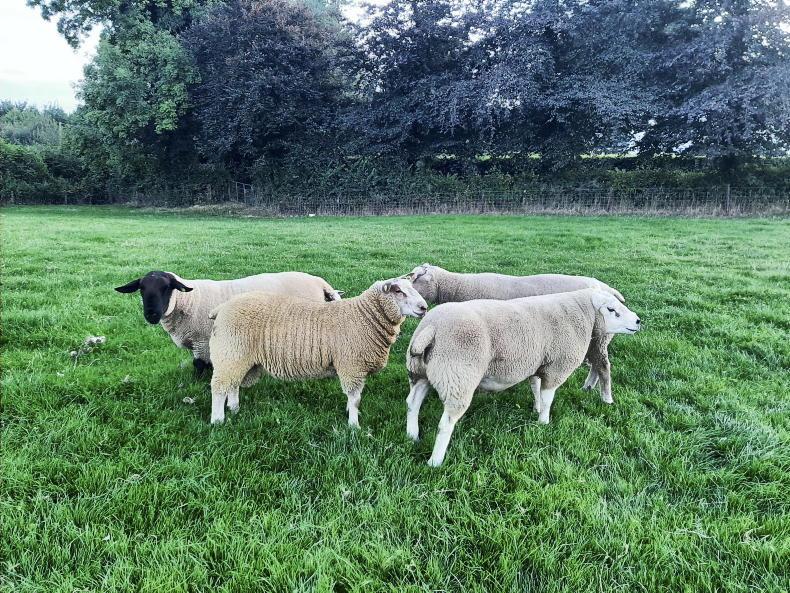As we have seen over the last year farming is subject to a myriad of external forces, which have the ability to massively influence your farming system.
The sharp increase in fertiliser, concentrate and fuel costs, to name a few, have eroded the gains experienced from a significant increase in the farmgate value of lambs and cull ewes.
While it is hard to precisely predict, all forecasts point to input costs remaining at their current high price point in the medium-term future. As we have no influence on these costs domestically, the only form of defence is to try and set your business up in the best possible manner to keep costs in check.
There are no simple solutions but a worthwhile exercise is to assess if the lambing date is still the best fit for your system. The farms that are likely facing the greatest challenge are those that always struggle to have enough grass available post-lambing and fill the void via concentrate supplementation.
In such a scenario, the question should be asked if a later lambing date would suit better.
This needs to take into account other factors on the farm, such as enterprises competing for grass, as simply pushing out the lambing date won’t solve all your problems.
The other area that needs attention is ensuring every animal in your flock is pulling their weight.

There has never been a better time to move on problem breeders and the focus should firmly sit on investing in genetics with the desired traits, be it breeding lines with high or medium levels of prolificacy or genetics that reduce the length of time it takes animals to reach slaughter weight.
The last factor that needs to be taken into account is forecast market demand.
If your current system is the best fit, then you are on the right track and a close review is never time wasted.






 This is a subscriber-only article
This is a subscriber-only article










SHARING OPTIONS: